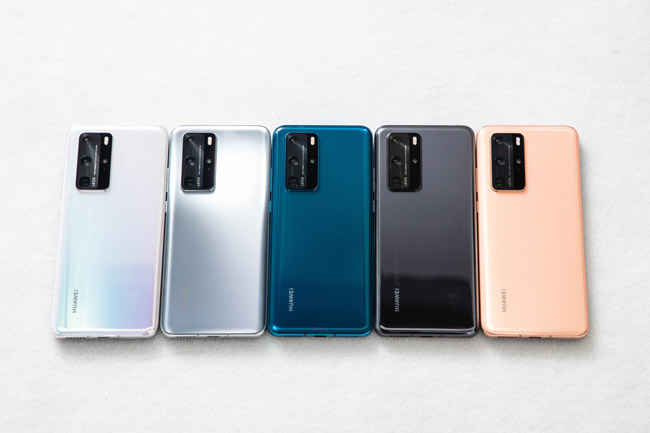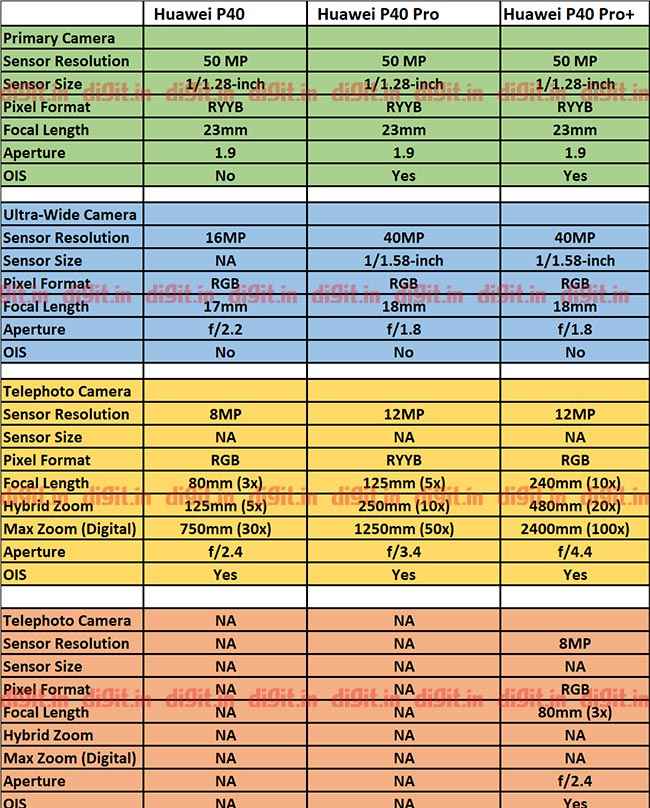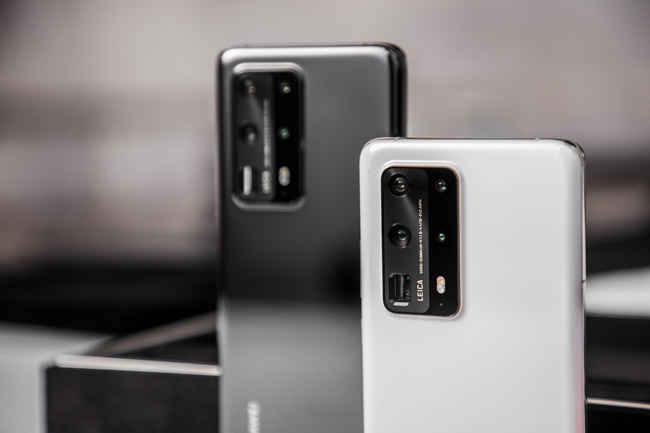Huawei launches P40 series with major camera updates and a quad-curve display
Despite the Coronavirus shutdown and the trade ban by the U.S., Huawei has gone ahead and announced the P40 series of smartphones. The series includes three phones, the Huawei P40, Huawei P40 Pro and the Huawei P40 Pro+. As always, the camera remains the primary driving force behind the P40 series, but this time around, there’s more than just the cameras to lure potential customers.
All three Huawei P40 series smartphones are powered by the Kirin 990 5G chipset and Huawei has clarified that there will be no 4G version of the phones. All three smartphones also come with 8GB RAM, although they do offer varying amounts of onboard UFS 3.0 storage. All three phones still don’t come with a microSD card slot, instead, you get Huawei’s proprietary nano memory card slot, which takes up one of the SIM card slots.

Huawei P40 series
The main highlight of the Huawei P40, P40 Pro and P40 Pro+ is the impressive camera stack. The P40 offers a triple camera setup, while the P40 Pro comes with quad cameras and the P40 Pro+ comes with 5 cameras. If you thought this was overkill, just continue reading their specs. All three smartphones come with a 50-megapixel primary camera featuring an RYYB sensor and an aperture of f/1.9. The telephoto camera on the P40 is an 8-megapixel shooter offering 3x optical zoom (80mm) and an aperture of f/2.4. The third camera is an ultra-wide shooter (17mm) with a 16-megapixel sensor and an aperture of f/2.2. The Huawei P40 Pro steps things up a bit with a 40-megapixel sensor for the ultra-wide lens (18mm) with a massive f/1.8 aperture. The telephoto camera comes with a 12-megapixel RYYB sensor and a 5x optical zoom lens with an aperture of f/3.4. This is the same configuration from the older P30 Pro, except, the sensor here is an RYYB sensor instead of an RGGB sensor., the fourth camera on the P40 Pro is a depth-sensing Time of Flight camera. The Huawei P40 Pro+ is where overkill steps in. The ultra-wide- and wide-angle cameras remain the same as on the P40 Pro, but the P40 Pro+ gets two telephoto lenses instead of just one. There’s a 3x telephoto lens (80mm) with an aperture of f/2.4 and a 10x periscope style optical zoom telephoto lens with an aperture of f/4.4. Both the lenses are paired with their own respective 8-megapixel RGGB sensors. The fifth camera here is again a Time of Flight sensor. All the camera specs are summarized in the table below. On the Huawei P40 Pro and P40 Pro+, the ultra-wide camera sports a 40-megapixel sensor measuring 1/1.54 inches diagonally, which Huawei says is capable of binning 16 pixels into 1 for an effective 4.48μm pixel pitch. This, however, is only limited to the video mode.

Besides the cameras, the P40 series seems to be getting a major upgrade in the display department as well. All three phones come with what Huawei calls Quad-Curve Overflow Display. Huawei likens the curvature of the screen to that of water that’s formed a curve on the edge of an overflowing cup. Design philosophies aside, the P40 comes with a 6.1-inch 60Hz display, the P40 Pro and the P40 Pro+ come with a 6.58-inch 90Hz display. The resolution also differs across the three phones, with the P40 sporting a 2340x1080 display while the Pro models come with 2640x1200 display. The Pro models also come with IP68 ratings while the P40 loses out on the rating. The P40 sports a 3800mAh battery while the Pro models come with a 4200mAh battery, with the P40 Pro+ also sporting 40W fast wireless charging.

Huawei P40 Pro+ Duo
In terms of colours, the P40 and the P40 Pro come in five colours; Deep Sea Blue, Blue Gold, Silver Frost, Ice White and Black. The P40 Pro+ comes in a ceramic finish, and hence, is only available in white and black. In terms of pricing and availability, the Huawei P40 will start at €799, P40 Pro at €999 and the P40 Pro+ at €1399. All phones go on sale starting April 7 in select markets, India not being one of them.
from Latest Technology News https://ift.tt/39n0kka

Comments
Post a Comment